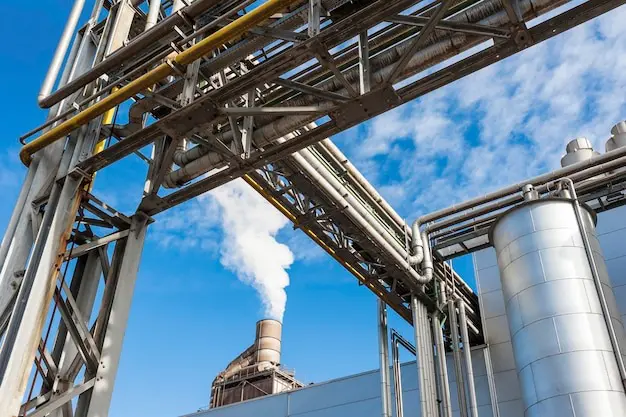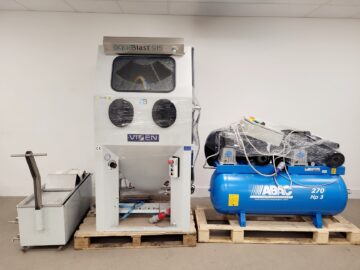Controlling emissions and odours is an essential part of operating in today’s environmentally conscious world. Industrial processes often produce gases and particulates that, if left untreated, can harm both the environment and public health. That’s why effective air pollution control technologies are vital—and among the most reliable solutions available is the wet scrubber.
Used across a wide range of industries, wet scrubbers are highly efficient at removing contaminants from exhaust air streams. Whether dealing with dust, chemical fumes, or odorous gases, these systems help businesses stay compliant with environmental regulations while also protecting workers and surrounding communities.
What Is a Wet Scrubber?
A wet scrubber is an air pollution control device that removes pollutants from a gas stream by bringing it into contact with a scrubbing liquid—typically water or a chemical solution. The gas passes through the liquid, which captures and neutralises contaminants before the cleaned air is released into the atmosphere.
Depending on the application, a wet scrubber can target a variety of pollutants including sulphur dioxide (SO₂), hydrogen chloride (HCl), ammonia, and other soluble compounds. Many designs also effectively remove particulate matter, making wet scrubbers a versatile option for diverse industrial needs.

Why Use a Wet Scrubber?
One of the key advantages of wet scrubbers is their ability to handle hot, humid, or highly corrosive gases. This makes them ideal for industries such as chemical manufacturing, food processing, metal finishing, and waste treatment. Their flexible design also means they can be adapted to suit different airflows and pollutant types.
Furthermore, wet scrubbers operate as closed systems, meaning there’s minimal risk of pollutants escaping during treatment. This not only protects air quality but also helps businesses maintain good relationships with local communities and regulatory bodies.
Efficient and Cost-Effective
Wet scrubbers are valued for their efficiency. With proper design and maintenance, they can remove up to 99% of certain pollutants. They’re also relatively compact compared to other systems, making them easier to install in space-restricted facilities.
In addition to reducing emissions, wet scrubbers can also minimise equipment corrosion and extend the life of downstream components by removing acidic or reactive substances from the airflow. This makes them not just an environmental investment, but a cost-saving one over time.
In many cases, the scrubbing liquid can be recirculated or treated and reused, reducing operational costs. Plus, the systems are often fully automated, allowing for minimal manual intervention while maintaining high performance.

Customised Solutions from Trusted Experts
The effectiveness of a wet scrubber depends heavily on proper system design. Factors such as gas composition, temperature, pressure, and desired removal efficiency must all be considered. That’s why working with a specialist provider is so important.
Exeon offers expertly engineered wet scrubber systems tailored to your specific industrial requirements. Their team delivers complete solutions—from initial consultation and design through to installation and aftercare—ensuring compliance and long-term reliability.
Final Thoughts
In industries where air quality is a concern, wet scrubbers provide a powerful, adaptable, and proven method of pollution control. By investing in a high-quality system, you’re not only meeting environmental responsibilities—you’re also creating a safer, cleaner, and more sustainable workplace.


